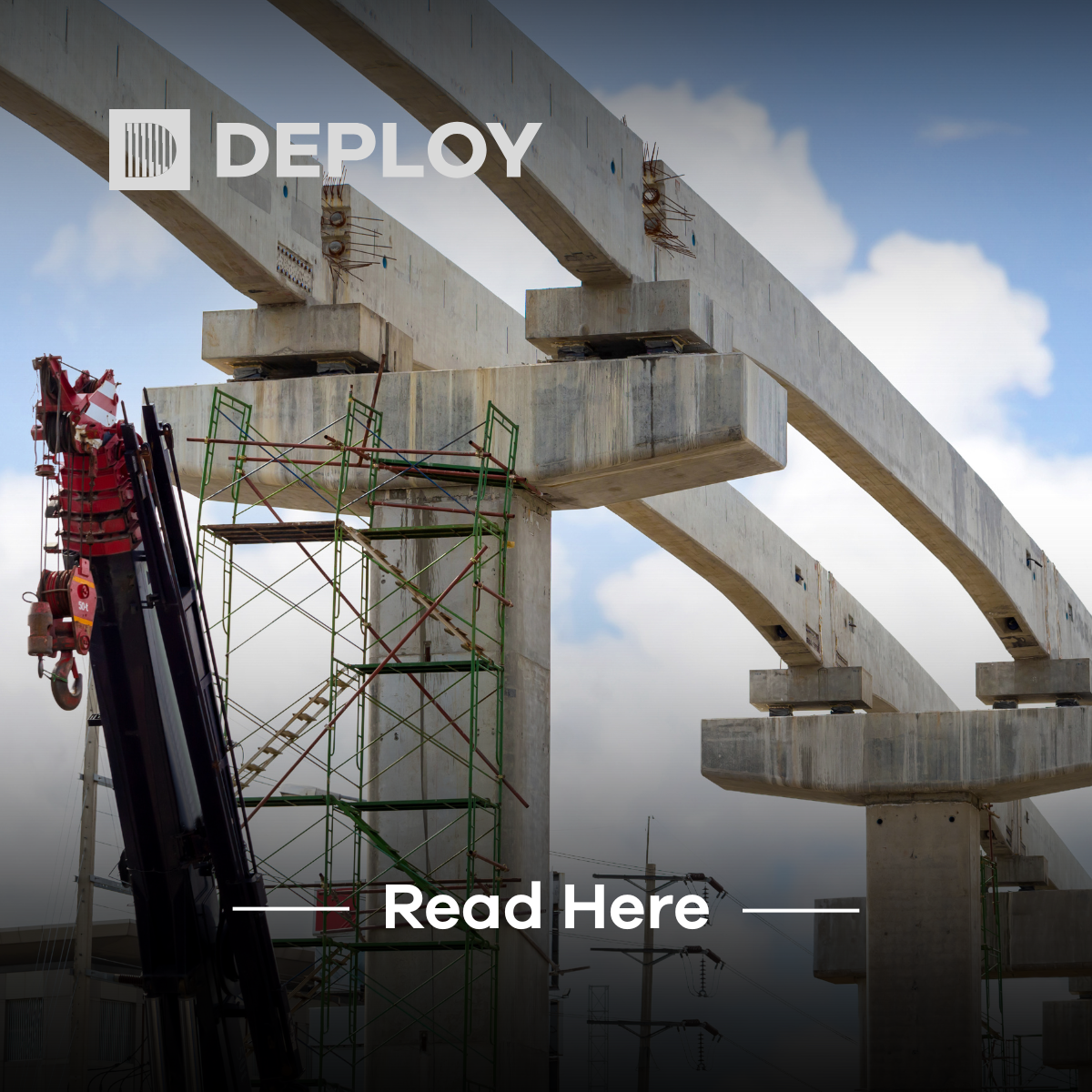Long Bridge Project: A Landmark Rail Infrastructure Development
As infrastructure and technology experts, we're always keen to share exciting developments in major engineering projects. The Long Bridge project between Washington and Arlington represents one of the most significant rail infrastructure developments in recent US history - and it's now officially underway.
A Century of Service
The existing Long Bridge has served the region for over 100 years, carrying both freight and passenger trains across the Potomac River. However, with approximately 6 million passengers relying on this crucial connection annually, the need for expansion has become increasingly pressing.
The Project at a Glance
The new Long Bridge development, with its $2 billion investment, will effectively double the rail capacity across the Potomac. This isn't just about replacing ageing infrastructure - it's about creating a robust foundation for future growth in regional rail services.
- Key features include:
- Additional tracks to separate freight and passenger services
- Improved reliability for Amtrak and Virginia Railway Express services
- Enhanced capacity for future service expansion
- Modern design incorporating latest engineering standards
Funding and Future Outlook
The project secured $729 million through the 2021 infrastructure law, demonstrating strong governmental commitment to rail infrastructure improvement. While recent political developments, including Trump's election, have raised questions about federal infrastructure spending, there are several compelling reasons for optimism:
- The project is already underway with secured funding
- It enjoys strong bipartisan support, particularly from rail advocates in Congress
- Projects at advanced stages typically maintain momentum, as seen with similar developments like Baltimore's tunnel replacement
- Key supporters like Republican senator Roger Wicker continue to champion rail infrastructure
- The project's economic benefits, including job creation and improved regional connectivity, align with various political priorities
Wider Context
The Long Bridge project isn't occurring in isolation. It's part of a broader push to modernise American transport infrastructure, alongside developments like New York's Second Avenue subway expansion. These projects reflect a growing recognition of the need for robust public transport systems in major urban centres.
Our Role
We at Deploy understand the crucial importance of projects like the Long Bridge. We're proud to be a trusted delivery partner for some of the highest-profile projects across rail and infrastructure, connecting niche, skilled talent with the organisations driving these transformative projects forward. Get in touch to discuss how we can help you.







